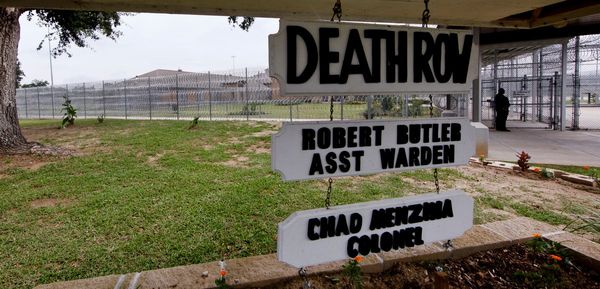This week, BYD officially unveiled and put on sale its two latest compact sedans: the Qin L and Seal 06, two variations on essentially the same thing. Despite styling differences and a difference in pure electric range, the two cars are about the same mechanically. That means they’re both using the fifth-generation version of BYD’s DM-i hybrid powertrain. BYD claims that the Qin L in particular is good for a maximum range of 2,100 kilometers from both a full battery and full gas tank. That’s a whopping 1,300 miles, or enough to drive from New York City to Miami in one shot. Impressive, but those numbers were generated using the notoriously optimistic CLTC standard, which likely means the real-world range will be shorter.
Or does it? It looks like BYD hosted a drive event for the Qin L and Seal 06 prior to unveiling the vehicle. The embargos are up, and at least one Chinese automotive journalist has put BYD’s super high-range claims to the test. Known on Chinese social media website BilliBilli and YouTube as “阿喵汽车” which translates to A Miao Car, presenter Miao and his cohost drive the car from BYD’s factory in Xi’An to Changchun, a distance of about 1,367 miles. The goal was to do the distance in with one full charge and tank of gas. Spoiler alert: it passed, with flying colors.
Get Fully Charged
BYD's Fifth Generation DM-i hybrids Claim 1,300 Of Total Range
BYD's latest crop of DM-i hybrids have debuted in two cars, the Qin L and Seal 06. Powered by a 1.5-liter gas engine mated to two electric motors that are fed by either a 10.08 kWh battery or a 15.874 kWh. The brand says that the combined range of a full battery and full gas tank, the Qin L can travel as far as 2,100 kilometers.
The test was straightforward. The two fully charged the 10.06-kWh battery and filled up the 17.2-gallon fuel tank, then sealed off both the fuel door and charge port doors with tape. In the name of safety, they took three days to do the drive not allowing themselves to tire out behind the wheel for too long. The interior was set to 75 degrees Fahrenheit with the climate control in auto mode, the car’s regenerative braking was set to standard, the car was its "Eco" drive mode and the state-of-charge setting was limited to 15%.
From the jump, the two were impressed. On the first day the two covered 320 miles, but the car said it only used about 198 miles worth of range from the electricity and gas powertrains on the variable-elevation route. On day two, the two drove from Changzhi to Cangzhou, a route that was mostly downhill and allowed the team to recoup some of the electrical energy and let the gas engine relax a little bit. But, on day three, the two had run into windy weather and unforgiving freeway traffic, which hurt consumption a bit.

But, evidently, the detriment to the car’s fuel consumption wasn’t all that bad. Because the two made it to Changchun with battery energy and fuel to spare. The gauge cluster said it only had 7 km of electric range, and no fuel range, but BYD’s engineers said it could potentially go for another 150 km. So, the two did just that. They drove the car until it completely stopped, with the car indicating 4% charge left in the battery. They covered 1,497 miles before it tapped out.
Of course, it’s not clear how repeatable these results would be in markets outside of China. In a print version of the same test, Miao admitted that when freeway speed limits eventually raised to 100 km/h (62 MPH), they’d sit at around 90 km/h (56 MPH) with cruise control on. I’ve been to China. Speed limits are low, with a sizable percentage of Chinese freeways limited to 80 km/h, or about 50 MPH. Chinese drivers also stay closer to the posted limit than Americans, as speed cameras are ubiquitous.

Still, that’s hugely impressive. Even if BYD can only muster half of those numbers in markets outside of China, it would be one of the longest-range hybrids on sale in any market globally. And it accomplishes this with a 17.2-gallon fuel tank, which wouldn't be out of place in a normal midsize car or crossover. The BYD’s new DM-i hybrid tech is really, really efficient.
A Miao Car’s video and article aren’t the only evidence that journalists that have done the challenge. There are a handful of Chinese-language YouTube videos of journalists and content creators making the trip to Xi’An to Changchun with ease. Similarly, some have tested the Qin L’s mechanical twin—the Seal 06—and have observed similarly stunning efficiency numbers as high as 81 MPG.
With results like these, I can understand why Toyota may possibly use BYD’s DM-i system for a hybrid model developed specifically for China.
Contact the author: kevin.williams@insideevs.com







